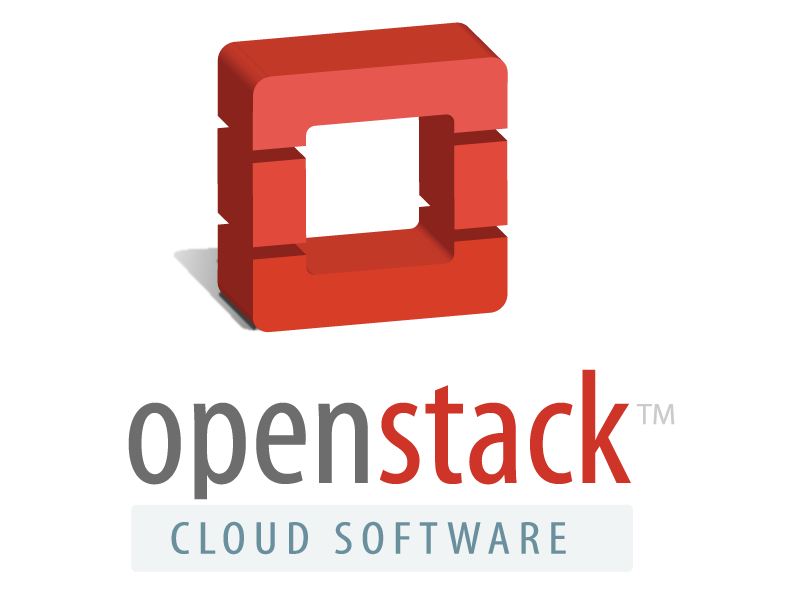OpenStack Private Clouds: Why Choose To Go Private?
The use of cloud storage has gained traction over recent years. While public clouds have had companies flocking in droves for a while now, private clouds such as OpenStack, are catching up to them in popularity.
IT savvy businesses are realizing that private clouds offer benefits that their public equivalent cannot.
But what exactly is OpenStack private cloud? And what are these benefits?
What is OpenStack private cloud?
 The exact definition of a private cloud is hard to pinpoint.
The exact definition of a private cloud is hard to pinpoint.
There are many forms of well-known public cloud (iCloud, Google Drive, the list goes on). They enable users to store files remotely and access them from anywhere.
Private clouds work much like this but service only a controlled number of individuals behind a firewall. i.e. private clouds facilitate a single organization compared with public clouds that work with many. This makes them the ideal choice for companies that desire tighter control over their computer systems.
OpenStack is a software platform that provides options for private cloud computing. There are a few reasons a company might choose to go with an OpenStack private cloud system over a public one.
It can provide increased security and privacy
Not to say that public clouds don’t take this seriously because they do. They have many procedures in place to combat security risks. However, private clouds go that one step further. By keeping data behind a firewall, only those within it can gain access. Meaning that sensitive information is kept away from prying eyes.
It allows increased flexibility and control
Use of public clouds may limit long-term flexibility. Organizations may find themselves locked into a public cloud system. And it can prove expensive, down the line, for IT companies to switch systems over to a private cloud environment, or any other public environment.
In addition, OpenStack private clouds allow businesses to tailor their network to their needs in a much more individualistic way than their public counterparts.
It can be more cost effective
For companies that use a high level of bandwidth, or have a consistently high IT workload, it can come out cheaper to use OpenStack. Public clouds often suit those whose need for the technology comes in peaks and troughs.
One cloud giant, Dropbox, has said on the subject of moving over from public to private. That the control afforded by the switch will allow them to save money by giving them the ability to change both hardware and software.
It offers cloud bursting
In a private cloud, when a sudden rush of activity occurs organizations are able, with OpenStack, to switch some of the non-sensitive functions to a public cloud in order to free up space where needed.
It is also possible to create a hybrid cloud whereby non-sensitive information is always public, while sensitive information remains protected by the privacy of a private cloud.
It’s easy to see why private is the route of choice for many IT managers. However, before you make the switch, it is important to realize that without specialist expertise, your OpenStack deployment may prove to be slightly more complex than anticipated.

















